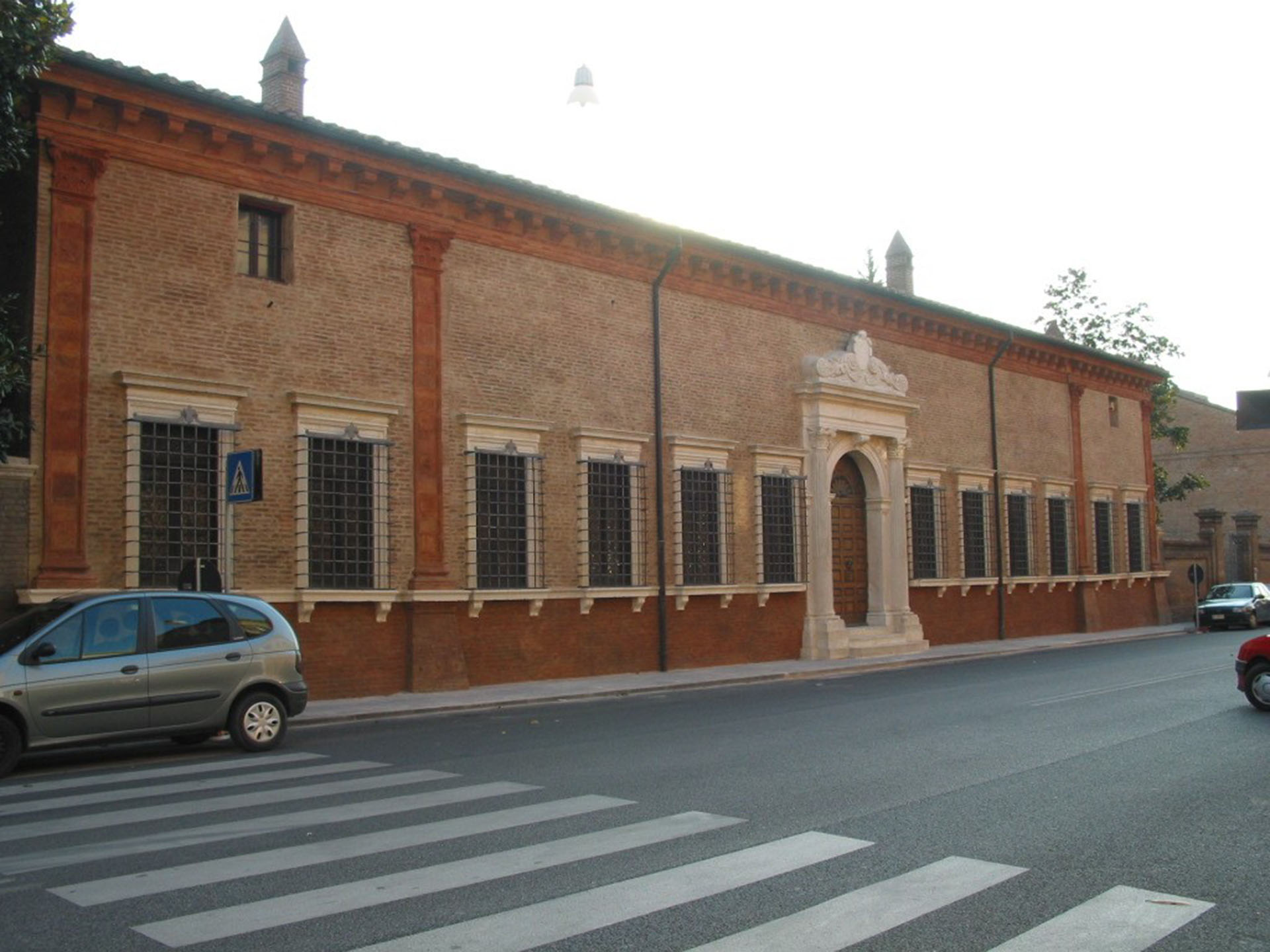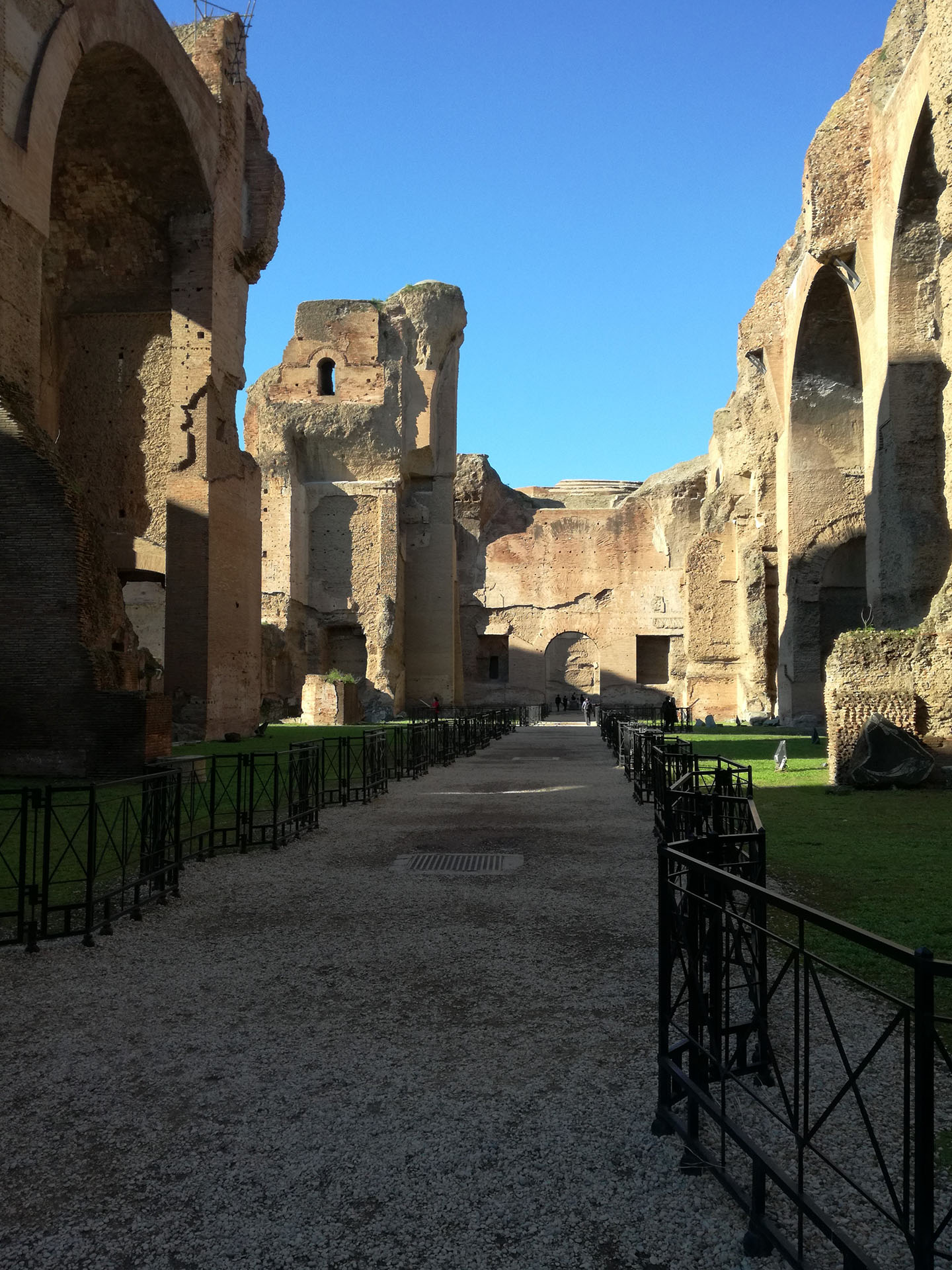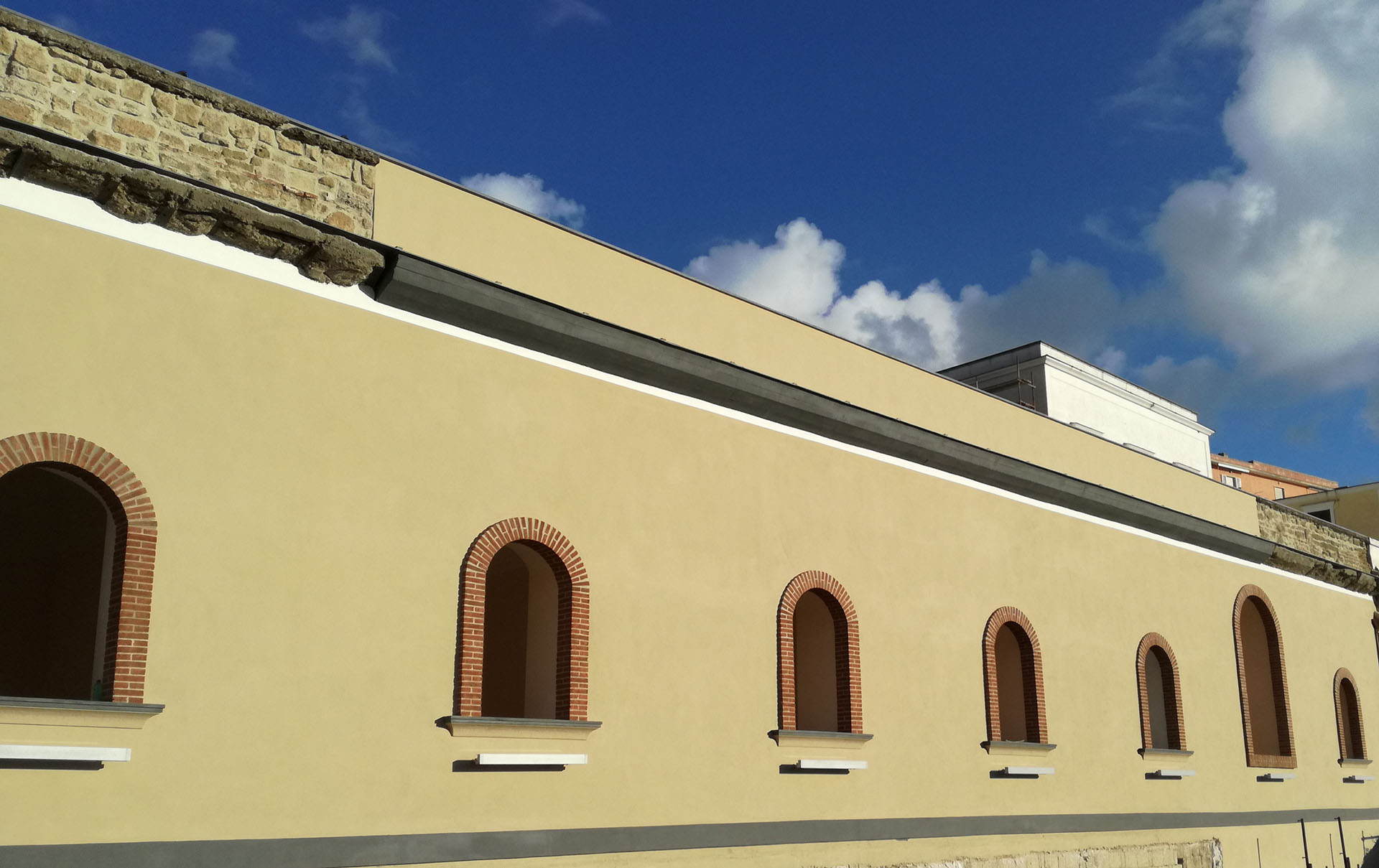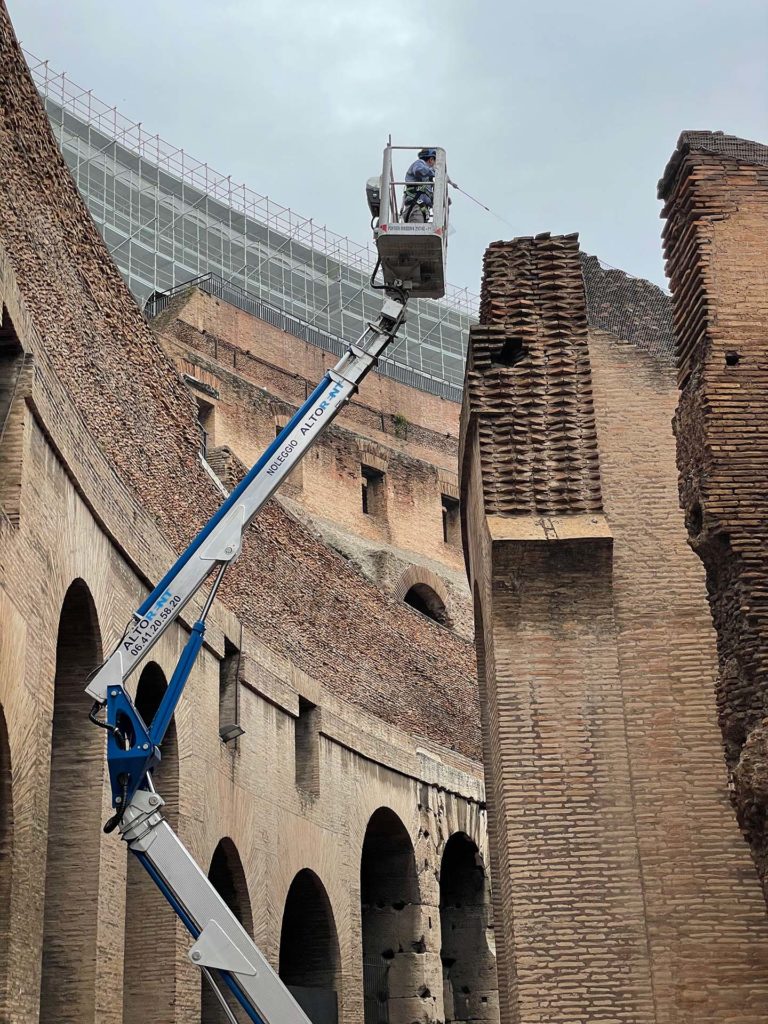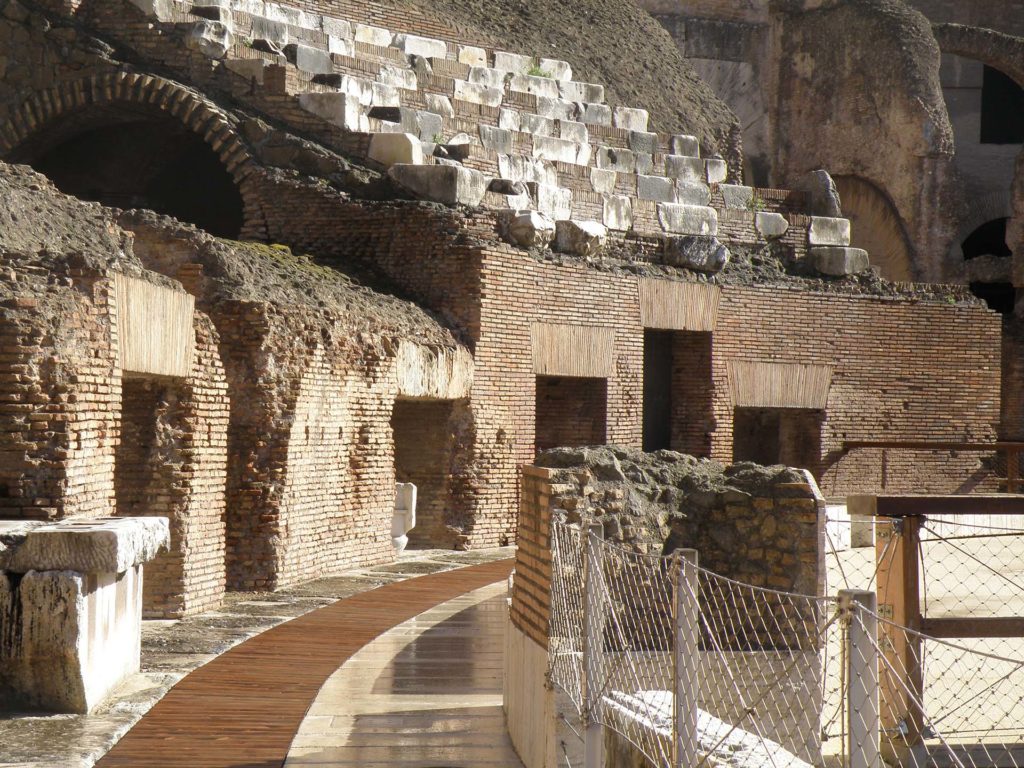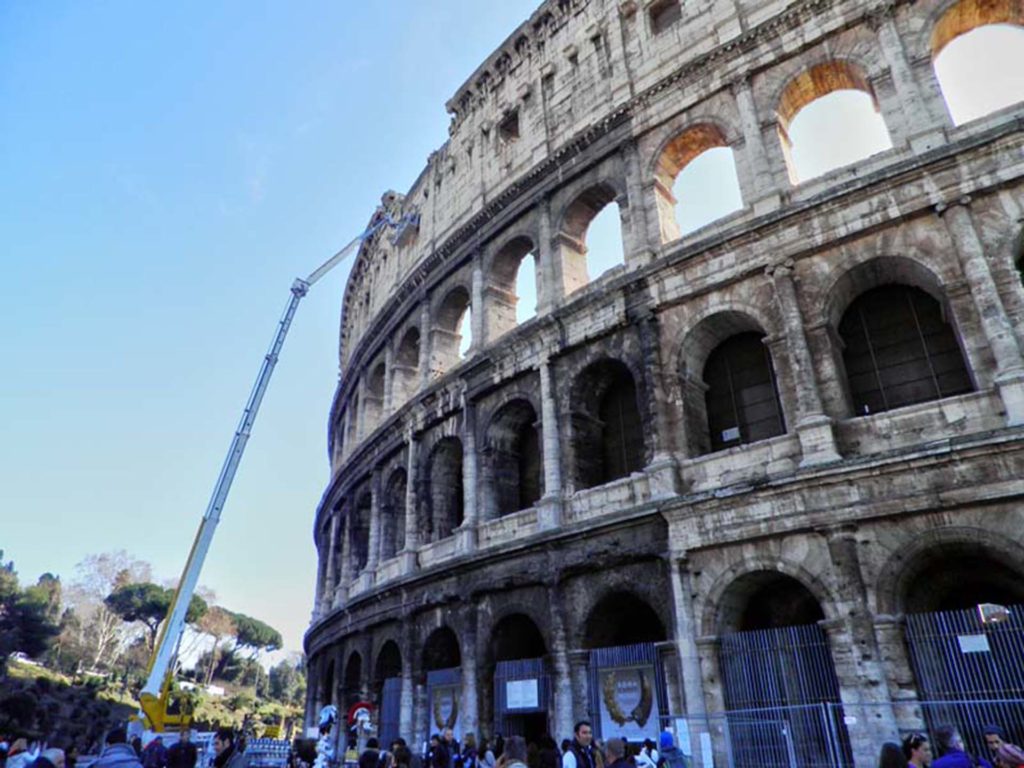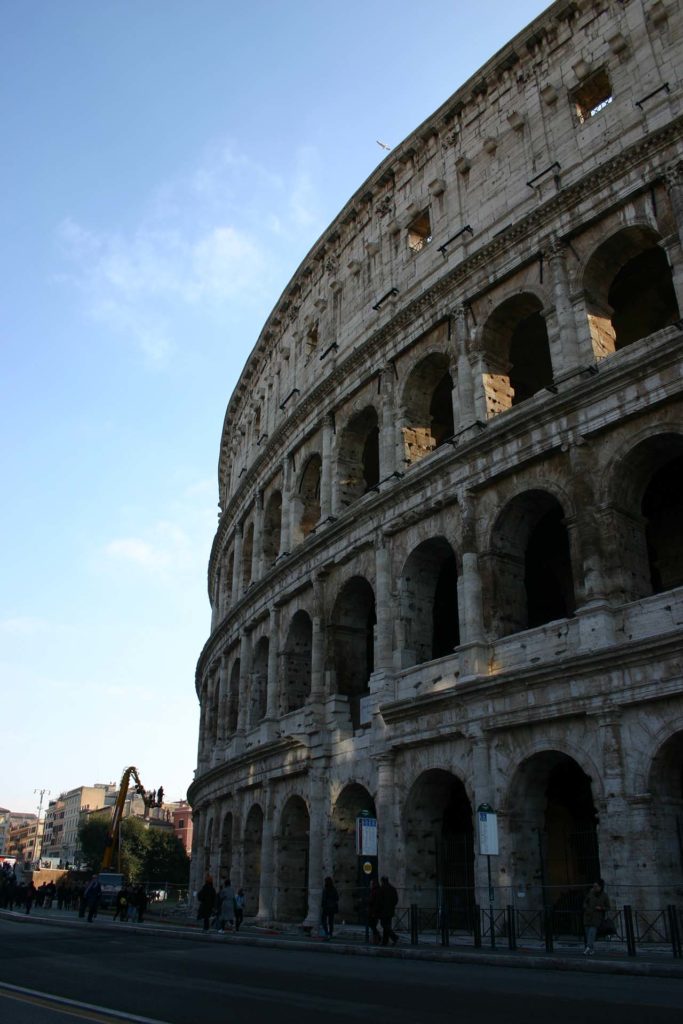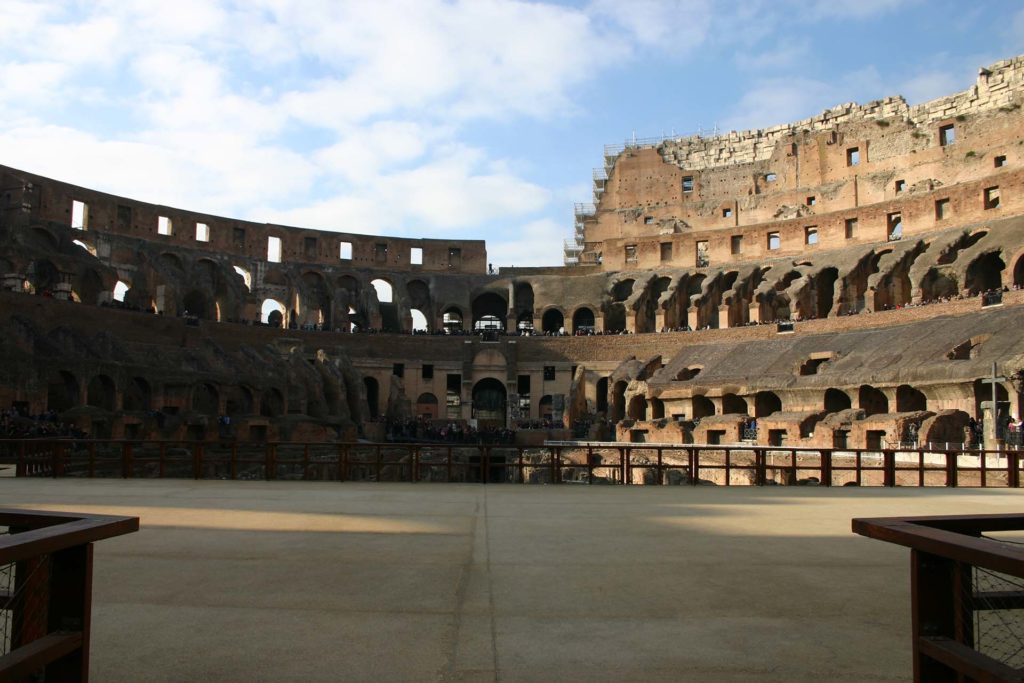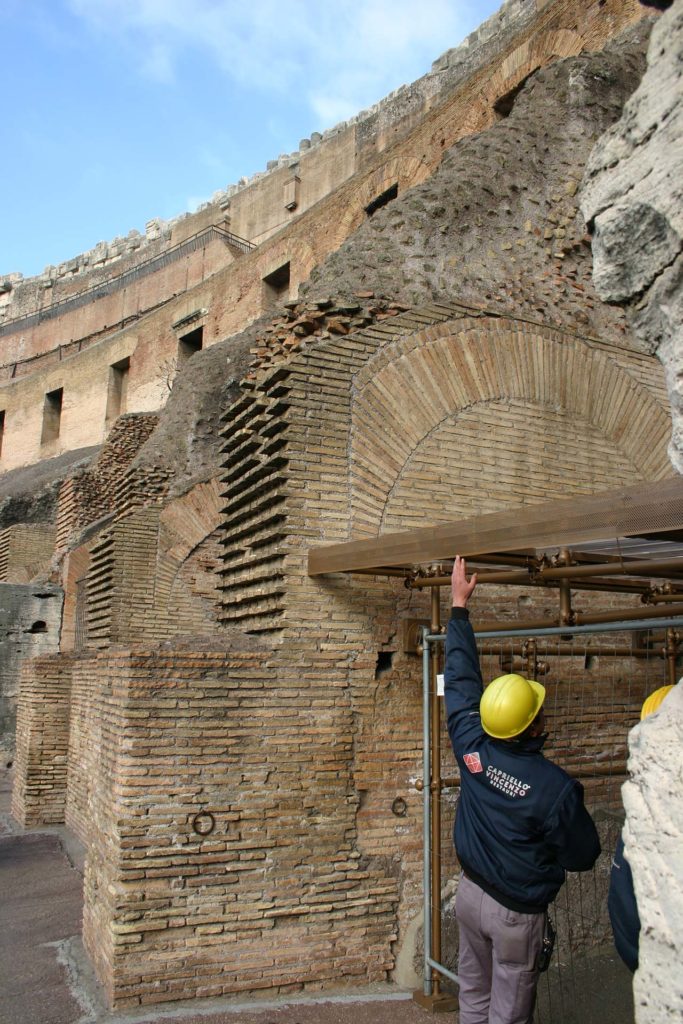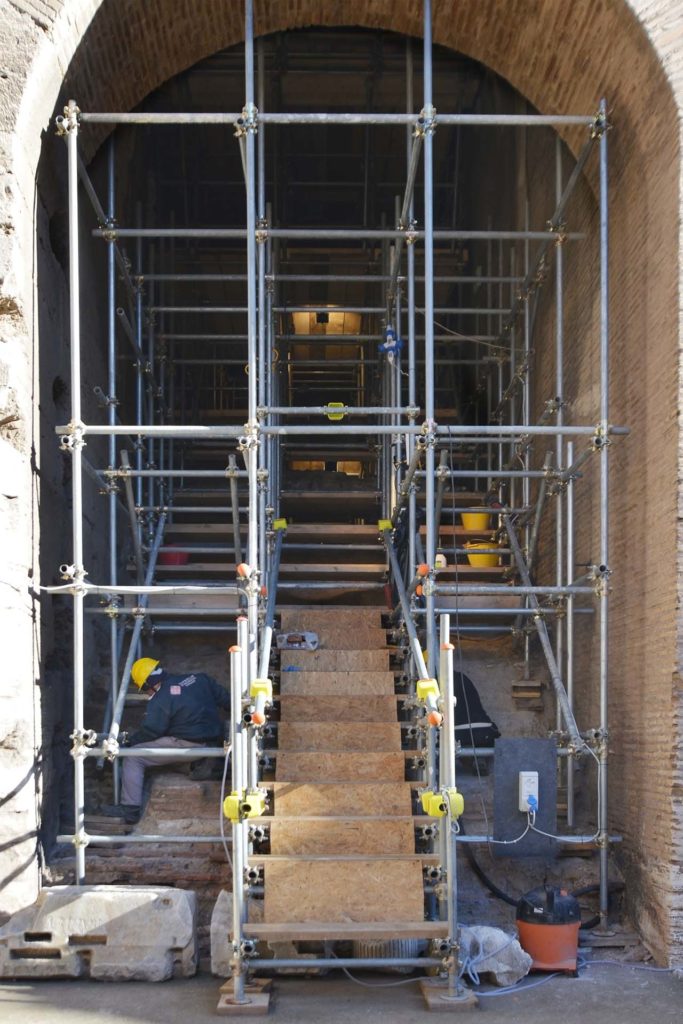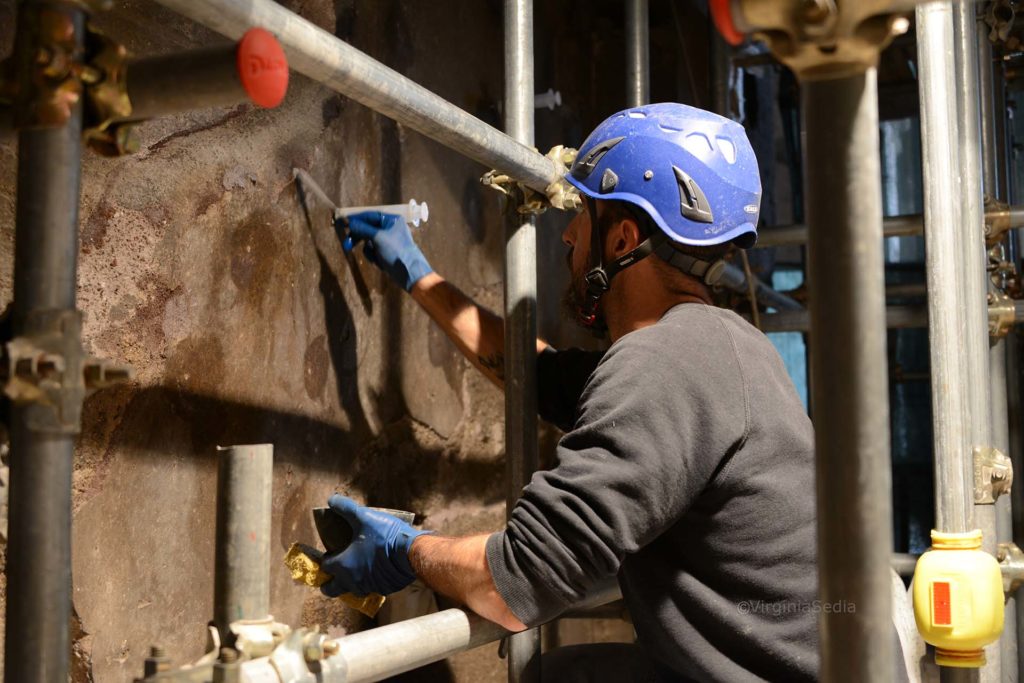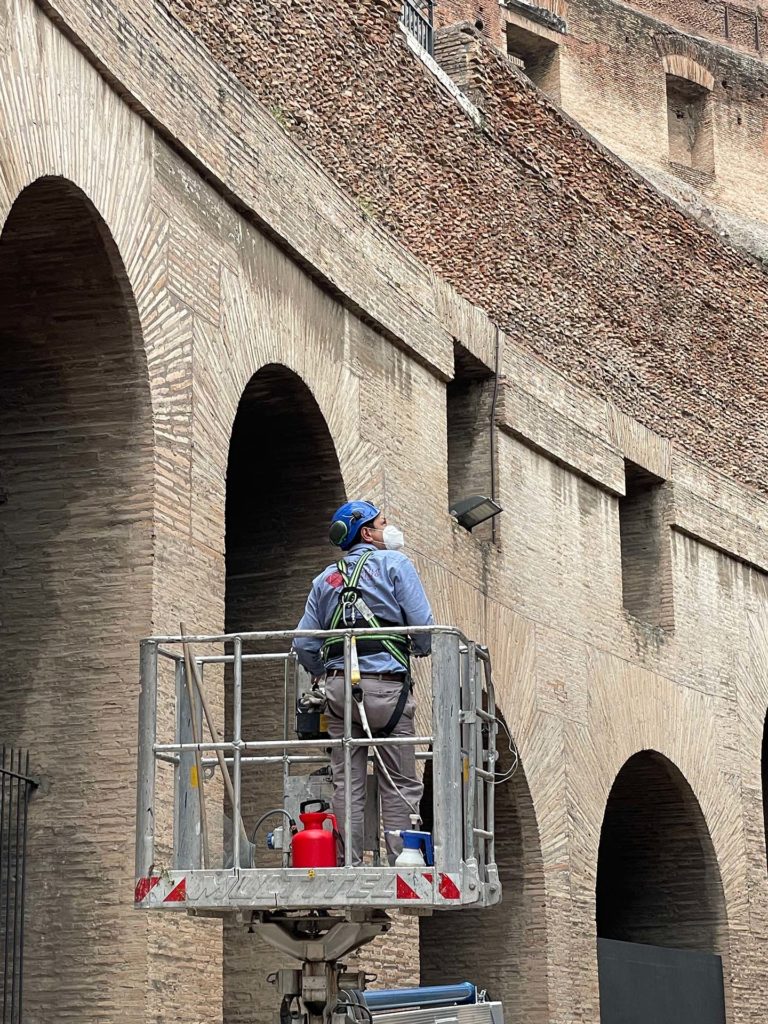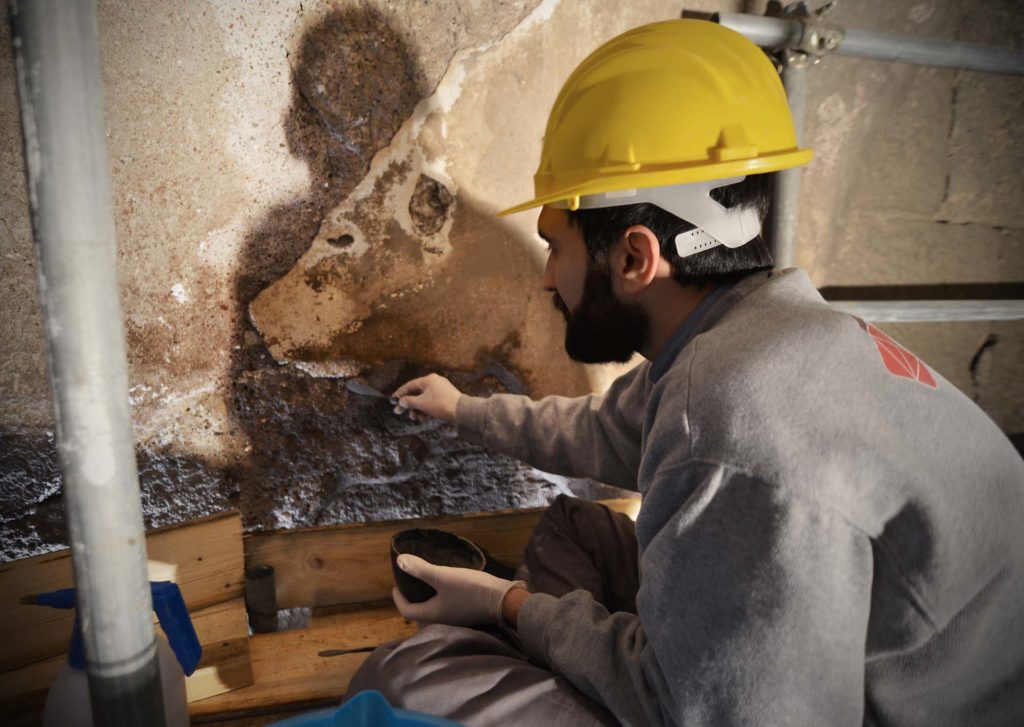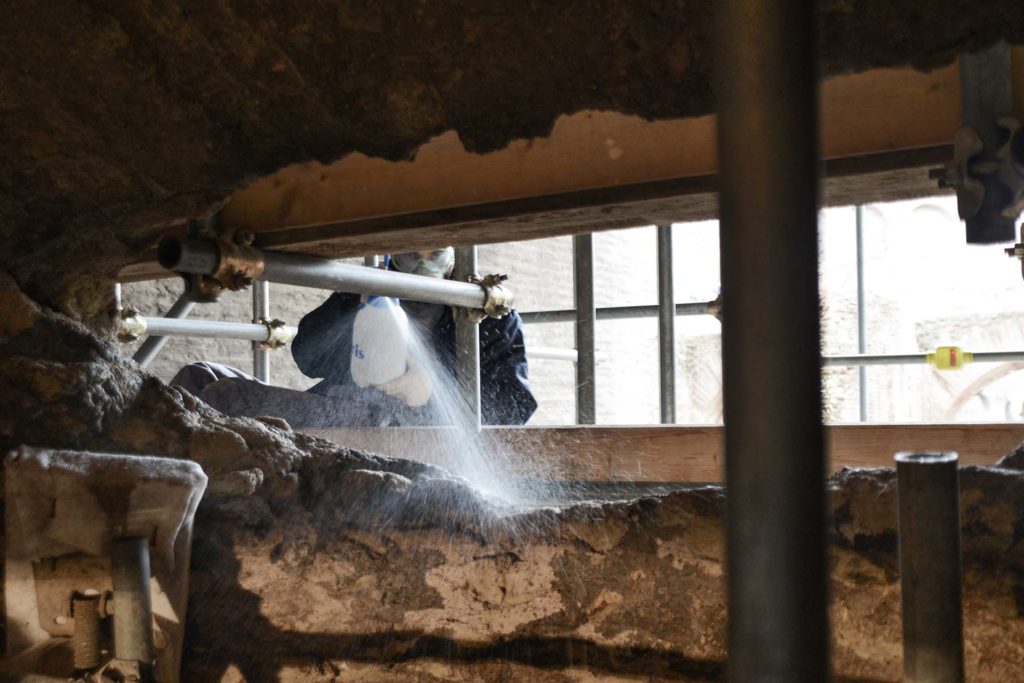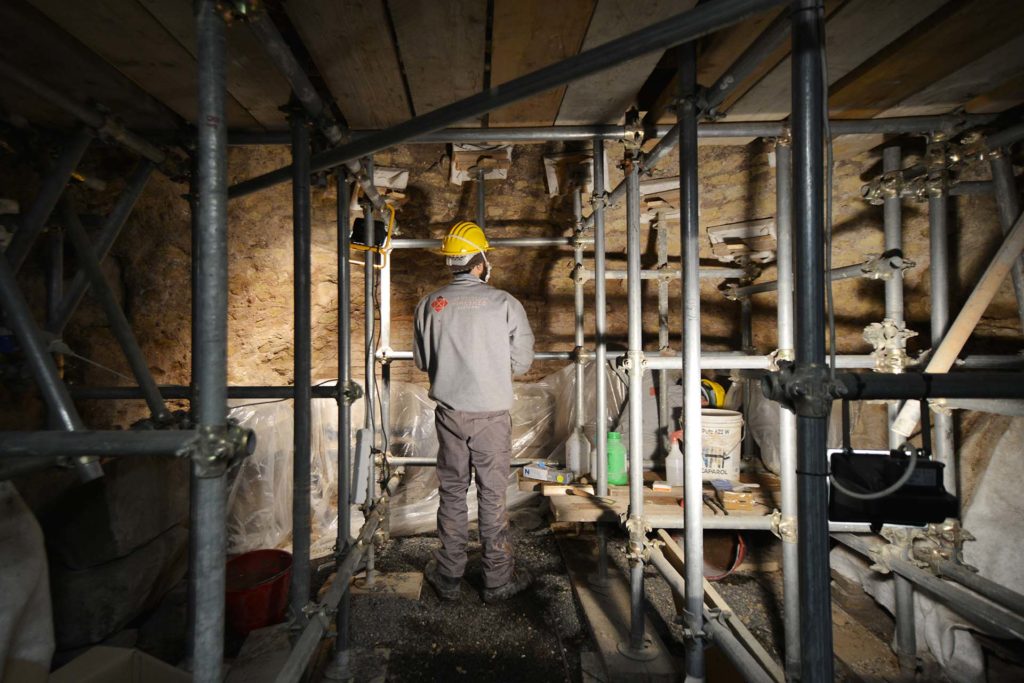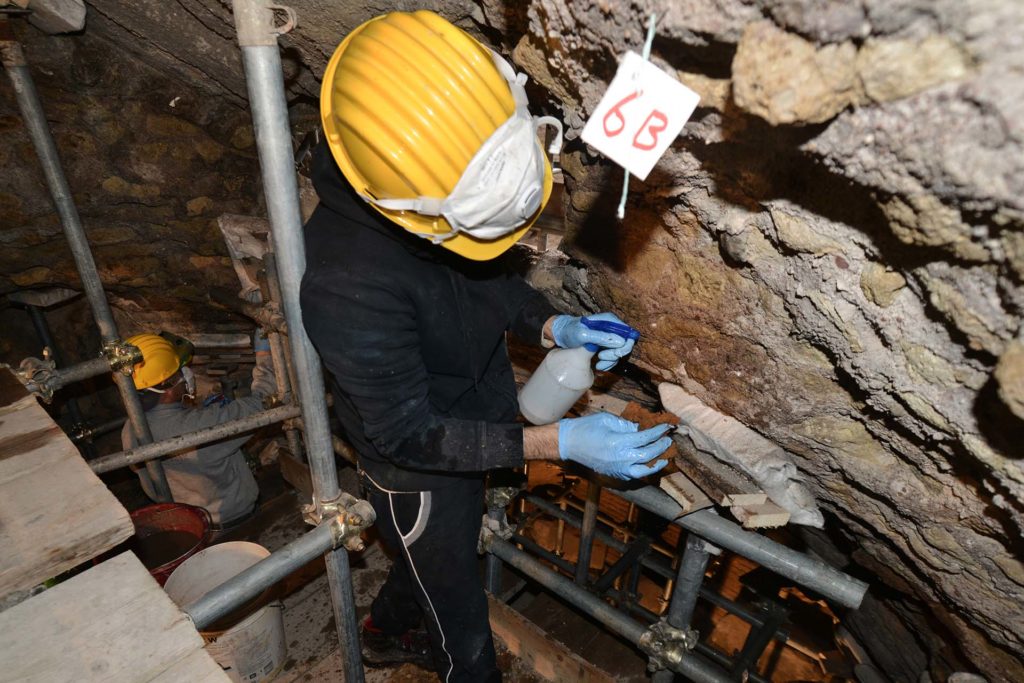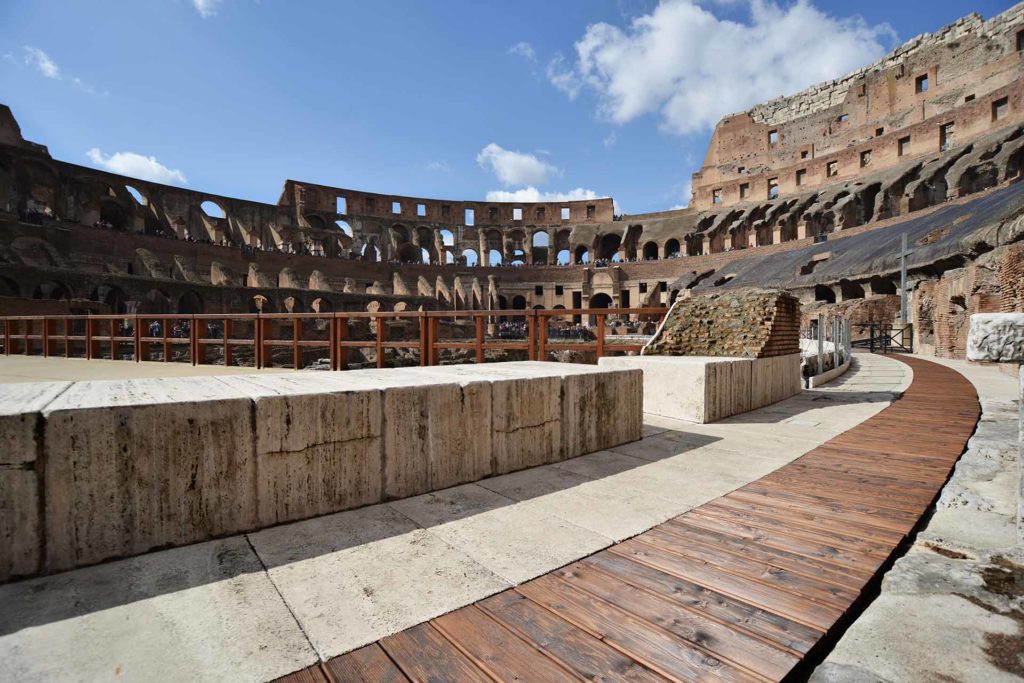Flavian Amphitheatre - Rome
Formerly called Amphitheatrum Flavium, it was designed as a performance arena to hold between 50,000 and 75,000 spectators. Its construction was commissioned by order of Vespasian in 72 and the amphitheater was inaugurated 8 years later, under the reign of Titus. Originally it had a height of 52 meters for an internal surface of over 3300 square meters.
Its layout and exterior architecture are clearly inspired by the imperial style much in vogue in that century. It is a small masterpiece of architecture based on a complex system of architraves really innovative for the time. Its size was so impressive that in the Middle Ages it deserved the name of Colosseum, translatable as colossal, which referred to its grandeur. A complex system of corridors and rooms was built below the arena to house the protagonists of the shows that were being staged.
Over the centuries, the Colosseum suffered damage caused by frequent earthquakes and settling movements of the land, dried up at the time of its construction. The monument was also used for a long time as a quarry to recover building materials and metal. Only a few decades later, in the middle of the eighteenth century, Pope Benedict XIV decided to consecrate the monument to the memory of the Christian martyrs. He placed there the aedicules of the Via Crucis. I It was this papal initiative that gradually put an end to the demolition of the Colosseum, transforming it over time into an exhibit of great interest for the nascent archaeological discipline. After the umpteenth earthquake of 1806, the architect Stern was entrusted with the task of intervening on the eastern part of the structure: he did not erase the signs of the time and decay suffered by the monument, wallowing the dangerous arches with bricks, that still perform the function of immobilizing stone blocks in their position of failure.
A few years after Stern’s work, Valadier’s intervention on the Western Front reached very different results: he built a brick and travertine buttress and reconstructed by analogy some of the collapsed arches, in decreasing numbers from below, in ways that would make the spur perfectly camouflaged with the original parts of the building. The ordinary maintenance of the Monumental complex of the Colosseum has provided for the adaptation to the safety standards of the iron works and the safety of the North and South elevations. Of great importance was the intervention carried out on Fornice 31 through the installation of provisional works, the construction of roofing, the safety by means of shoring and consolidation works using steel fibers.
